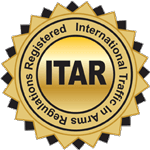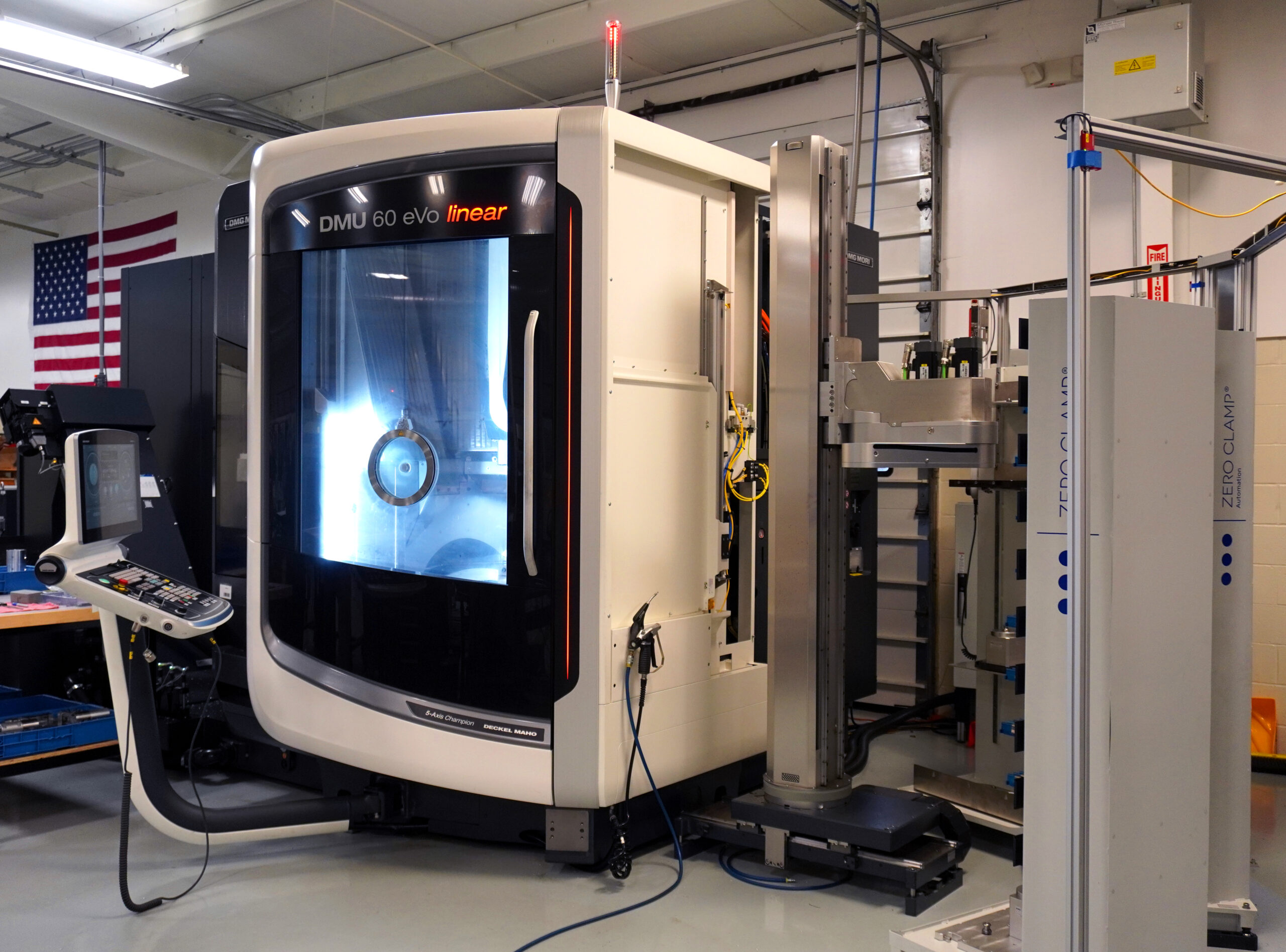Welcome to the first part of a two-part series on advanced machining techniques. In this installment, we explore precision grinding and 5-axis CNC machining. These essential methods transform automotive, aerospace, and tool manufacturing industries by boosting speed, accuracy, and efficiency. As leaders in this field, we dive into the details, showing how these processes enhance quality and drive industry progress.
The Importance of Tolerances in Advanced Precision Machining
Precision parts need high accuracy, no matter the industry. Even with advanced machining techniques, mass-producing components identically is challenging. In parts manufacturing, tolerances are the acceptable deviations from design parameters that still allow components to function properly in the final product. However, most CNC machining tolerances are extraordinarily tight, diverging very little from one part to another.
To achieve these tight tolerances, an array of advanced machining techniques can ensure measurements fall within an acceptable range. CNC technology is key to fabricating many precision parts, with these advanced machining techniques achieving standard tolerances of at least ±0.005 inch (127 microns). Certain machines can attain an accuracy of ±0.0000984 inch (2.49936 microns) or even less. Reaching such close tolerances can require extensive processes that take significant time; these highly accurate tolerances are generally reserved only for critical components.
Manufacturers aim to produce parts with exceptional surface finishes and tight tolerances using cutting-edge precision machining methods. These techniques leverage CNC technology, computer-aided design, and automation, reducing waste, enhancing efficiency, and improving product quality. Particularly crucial in aerospace, automotive, defense, and medical sectors, these techniques shine when mass production is essential.
CNC Milling
This method shapes stationary workpieces with a cutting tool attached to a CNC milling machine. These rotating tools perform advanced machining techniques that primarily shape peripheral and face-milled features. Peripheral milling involves slots, threads, and other deeper, hollowed-out features, while face-milled features are generally shallower and carved into flat surfaces. CNC milling can include boring, contouring, drilling, engraving, facing, milling and tapping, and machining methods, primarily fabricating components generally shaped like rectangles or squares.
CNC Turning
In contrast to CNC milling, CNC turning rotates the workpiece as stationary cutting tools shape it, using turning centers, sometimes referred to as CNC lathes. The cutting tools move linearly on the turning center to remove material around the workpiece’s perimeter to achieve the desired diameter and other features. CNC Swiss lathes provide better support for tighter tolerances while shaping the workpiece, which is held by guide bushings as the machining tool shapes it. Advanced machining techniques by turning centers can create external and internal features, including boring, broaching, drilling and reaming holes, slotting, tapering, tapping, and threading.
CNC Mill Turn Machining
In addition to machinery that mills or turns workpieces, certain CNC machines have hybrid capabilities that make them the ultimate in CNC machining multi-taskers, allowing them to perform particularly advanced machining techniques. With mill/turn machining, complex components can be shaped in a single setup without changing machines. Mill/turn machines can turn parts while rotating tools are applied to mill and cross-drill a workpiece. Using sub-spindles, they can machine two components simultaneously, passing parts from one stage to another. This machining technique enables accuracy without compromising production efficiency by reducing the number of steps and setup times.
CNC Drilling
CNC drilling involves producing cylindrical holes within a workpiece like its manual equivalent, though the automated method is considerably more advanced. Machining techniques for CNC drilling processes can be performed on various CNC machines, including drill presses, milling machines, and turning centers. Machining of holes also often involves equipment with multiple points for drill bits, a design that keeps chips from damaging workpieces during production.
Drill bits often used for CNC machining operations include:
- Chucking reamers
- Drill presses
- Peck drills
- Screw machine drills
- Spotting drills
Existing holes are made larger with checking reamers, while drill presses perform custom drilling. Using peck drills decreases the amount of chips and other waste generated when fabricating a workpiece. Screw machine drills can produce holes without the need to create a preliminary starter hole. Spotting drills are often used to make shallow or starter holes.
CNC Plasma Cutting
CNC plasma cutting requires that the material used be conductive, which includes metals and alloys like aluminum, brass, copper, and various types of steel, including stainless steel. Plasma cutting cuts through these materials with an ionized gas jet moving at high velocity. Essentially a plasma torch, plasma cutting machines operate at temperatures of more than 50,000°F (27,760°C), easily cutting through and melting workpieces. It produces precise and clean cuts quickly, making it practical for both thick and thin materials while producing minimal distortion in the workpiece. It’s an ideal machining technique used in aerospace, automotive, construction, metal fabrication, shipbuilding, signage, and other sectors.
CNC Precision Grinding
Though advanced machining techniques for complex components that use CNC turning centers or mills can achieve extraordinarily tight tolerances, their surfaces are often slightly irregular. Using an automated abrasive wheel, precision grinding removes excess material to provide a workpiece with a fine surface finish and a highly accurate one. This finishing method is fundamental to forming precision parts like bearings, molds, and shafts so they have smooth surfaces and are geometrically exact. For this reason, precision grinding is often used in tool manufacturing, automotive, and aerospace sectors.
5-Axis CNC Machining
Able to move simultaneously along five different axes, 5-axis CNC machining allows greater accuracy than conventional 3-axis machining, which functions only along the X, Y, and Z axes. With two additional axes – generally referred to as A and B – methods for 5-axis machining allow greater flexibility. This machining method can often make complex components without repositioning the workpiece, often enabling work to be done in a single setup.
As one of the more advanced machining techniques available, 5-axis CNC machining can:
- Decrease the time it takes to machine a workpiece while minimizing waste, setups, and manual intervention.
- Improve precision to cut through material more intricately, producing more accurate angles.
- Shape complex and curved geometries for various industries.
Used in sectors such as the medical, automotive, and aerospace industries, 5-axis CNC machining requires less supervision than conventional methods while augmenting quality and reducing the time required to produce complex components.
Contact us today for precision machining solutions tailored to your industry needs to learn how our advanced techniques can enhance your production process. Let us help you achieve greater efficiency and accuracy in your projects, and stay tuned for the next part in Advanced Precision Machining Techniques for High Volume Production.



